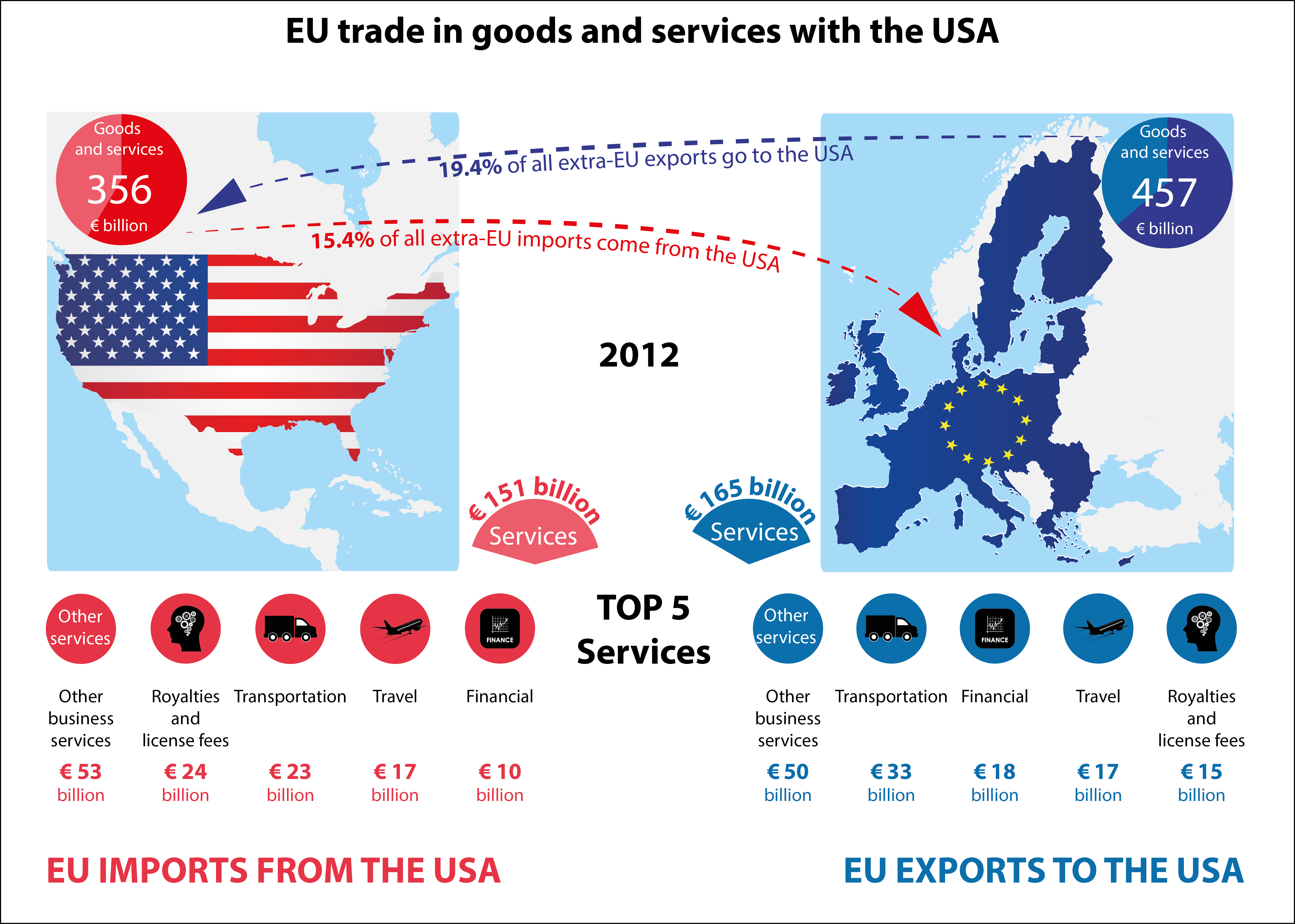Brussels and Washington Strive for Reciprocity, Economic Stability, and Global Cooperation
A Critical Meeting to Ease Trade Tensions
In a bid to prevent a full-blown trade war, European Union (EU) Trade Commissioner Maroš Šefčovič engaged in high-level talks with senior Trump administration officials. The discussions, held in Washington, aimed to resolve growing disputes over tariffs, trade imbalances, and global economic stability.
Šefčovič met with U.S. Commerce Secretary Howard Lutnick, National Economic Council Director Kevin Hassett, and U.S. Trade Representative nominee Jamieson Greer. The central theme of these discussions revolved around reciprocity in trade relations, a key concern raised by the U.S. administration.
President Donald Trump has long argued that the EU imposes higher tariffs on American products than the U.S. does on European goods, citing this as an unfair trade practice. His administration has threatened to introduce tariffs on European imports, particularly automobiles, pharmaceuticals, and technology products, unless more balanced terms are established.
Tariff Debate: VAT vs. U.S. Trade Barriers
A major sticking point in the negotiations was the EU’s Value-Added Tax (VAT) system, which the U.S. perceives as a trade barrier. While VAT is levied at different stages of production and paid by the final consumer, the Trump administration argues that it puts American companies at a disadvantage.
Šefčovič defended the EU’s stance, clarifying that VAT functions similarly to sales tax and should not be equated with an import tariff. Nevertheless, both sides acknowledged the need for clearer trade rules to ensure a level playing field.
Sector-Specific Challenges: Autos, Pharmaceuticals, and Tech
Among the most contentious issues was the automobile industry, with President Trump criticizing the EU’s 10% tariff on U.S. car imports. He has hinted at imposing a reciprocal tariff on European cars, a move that could deeply impact major automakers in Germany, France, and Italy.
Šefčovič signaled the EU’s willingness to negotiate reductions in car tariffs, while also highlighting the existing U.S. 25% tariff on light truck imports. This suggests that both sides have tariff barriers that could be adjusted to foster fairer trade.
Beyond autos, the discussions also covered pharmaceuticals and technology, two sectors where the U.S. seeks greater market access in Europe. Both parties recognized the importance of these industries and explored ways to reduce barriers while maintaining consumer safety and quality standards.
China’s Steel Glut: A Shared Concern
An unexpected area of agreement between the EU and the U.S. was the issue of industrial overcapacity in China, particularly in the steel sector.
Both sides acknowledged that China’s massive steel production glut has depressed global prices, creating unfair competition for American and European manufacturers.
Šefčovič emphasized that rather than imposing tariffs on each other, the EU and U.S. should work together to address China’s trade practices. He stated, “We should focus on tackling industrial overcapacity in China, particularly in steel, instead of targeting each other with tariffs.”
Avoiding Retaliation: The Cost of a Trade War
Both the EU and U.S. are aware of the economic risks of escalating trade disputes. If the U.S. were to impose steep tariffs on European goods, the EU could retaliate with countermeasures, potentially affecting billions of dollars in trade.
Šefčovič stressed the need to avoid “the unnecessary pain of tariffs and counter-tariffs”, urging both sides to seek win-win solutions.
One such approach involves increasing EU imports of U.S. liquefied natural gas (LNG) and soybeans, which could help reduce trade imbalances while benefiting American farmers and energy exporters.
EU’s Unified Front: Macron and Scholz Weigh In
Back in Europe, EU leaders are determined to present a united front in trade talks with Washington.
French President Emmanuel Macron and German Chancellor Olaf Scholz met in Paris to discuss the negotiations, emphasizing the importance of European solidarity.
Scholz stated, “Europe is a global economic power with 450 million people. We are strong, and we stand together.”
This collective approach strengthens the EU’s negotiating position and ensures that any agreements with the U.S. will serve the interests of all member states.
Conclusion: Will the U.S. and EU Find Common Ground?
While tensions remain, the high-level talks between the EU and Trump administration signal a willingness to find common ground.
The next few months will be crucial in determining whether the U.S. and EU can avoid a trade war and instead foster a more balanced and mutually beneficial economic partnership.
As negotiations continue, businesses, consumers, and policymakers on both sides of the Atlantic will be watching closely, hoping for a resolution that prioritizes economic stability and global cooperation.

